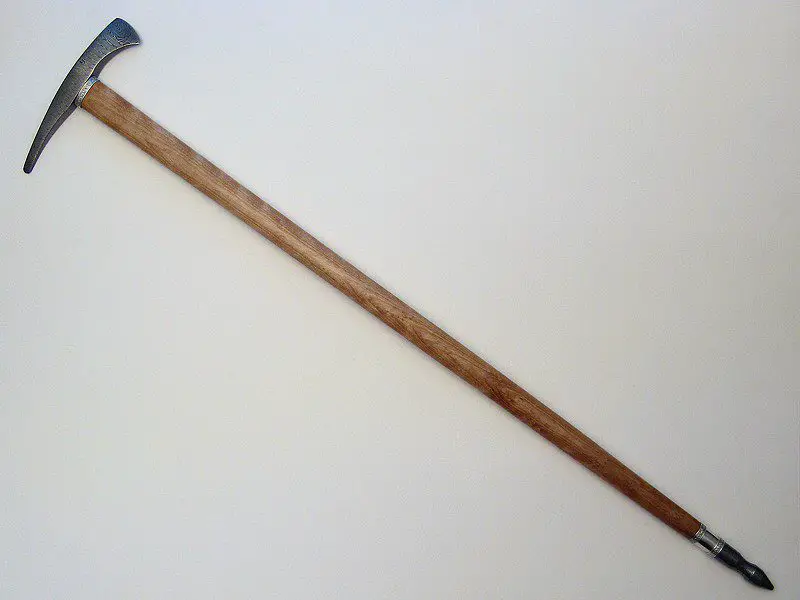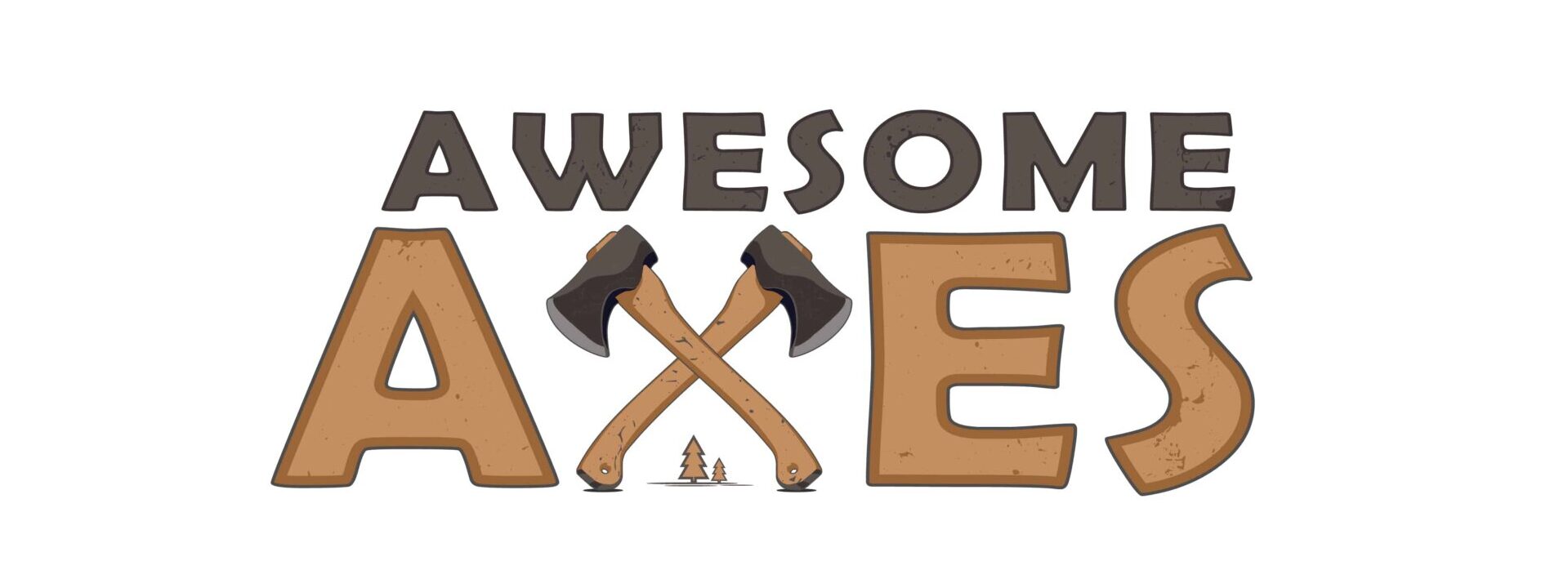The axes of history looked very different from the efficient, lightweight modern axes we use today. However, some axe designs have remained popular to the modern day. One such axe is the shepherd’s axe.
A shepherd’s axe is a type of long, thin axe that was popular in Central and Eastern Europe centuries ago. The design persists today in folklore, souvenir shops, and even in some rural parts of the region as functional tools.
Although a shepherd’s axe is probably new to you, this axe was very popular in parts of Europe and many people remember them fondly to this day as part of their heritage. Here is what you need to know about the shepherd’s axe and its popularity today.
What Is a Shepherd’s Axe?
A shepherd’s axe is a long, thin axe that used to be used by shepherds in Eurasia, or Central and Eastern Europe. These tools were widespread in the Carpathian Mountains, a mountain range that stretches over present-day Czech Republic, Slovakia, Poland, Ukraine, and Romania. Besides the Carpathian shepherds, shepherds in neighboring countries such as Hungary would also use these axes.
The life of a shepherd in the Middle Ages was very different from what we imagine it might be like today. Shepherds then were migratory people, moving with their flock (this helped the shepherd’s axe spread throughout the continent). Shepherds spent a lot of time in dangerous territory, in the wilderness. The shepherd’s axe was useful as a walking stick over uneven terrain thanks to its long handle, to cut down small branches for firewood, and even as a self-defense weapon in a pinch.

The History of the Shepherd’s Axe
Although shepherd’s axes are most widespread in Central and Eastern Europe, they actually originated in East Asia. Historians uncovered records of shepherd’s axes in the records of the ancient Chinese emperor Qin Shi Huang. Ancient Scythians, who were the inspiration for Amazons in the Greek myths, also used tools that were similar to shepherd’s axes.
Based on archeological evidence, scientists theorize that shepherd’s axes came to Europe thanks to the Avars, a group of nomadic people from present-day Mongolia. The history of nomads is closely tied to the history of shepherd’s axes. Since shepherds lived a nomadic lifestyle, they helped spread the axe through neighboring territories.
Shepherd’s axes became part of the arsenal for medieval and early modern soldiers. Reports record their use in wars, from the 9th century Magyar invasion of Europe to the 18th century Hungarian War of Independence. Most historical armies didn’t have much in the way of standardized weapons, so soldiers, including conscripted peasants, used what they had on hand.
Design Features
A few design features set the shepherd’s axe apart, including:
- A long handle. The long handle is a defining characteristic of the shepherd’s axe. It is long enough to reach the ground, allowing the axe to double as a walking stick.
- Small, sharp axe head. A shepherd’s axe has a very narrow axe head that looks like a handle. Shepherds could hold onto the head when using the axe as a walking stick.
- Blunt end of the axe head. The butt of the axe head could double as a hammer, making this the perfect versatile tool for surviving the wilderness.
- Decorative features. Antique shepherd’s axes featured intricate wood carving for the handle, providing a way for shepherds to occupy themselves while with their flocks.
Modern Shepherd Axes
You probably won’t use a shepherd axe to split wood any time soon (instead, use one of our recommendations). Today, the shepherd axe is mostly ceremonial. They still serve a few purposes.
1. In Folk Dances
Many folk dances from Central and Eastern Europe use tools and weapons as props, including the shepherd’s axe. Folk dances were born from real village experiences, after all. One dance that uses the shepherd’s axe is the Slovak odzemek.
2. As Souvenirs
Today, shepherd’s axes are popular souvenirs for visitors to the Carpathian Mountains. You can get intricately carved axes in souvenir shops and even order custom models. Historical reenactors also use these axes as props.
3. In Village Life
Although the life of the nomadic Eastern European shepherd is nearly gone, remote villages in the Carpathian Mountains still use these axes. Visit one, and you might see an old man using a shepherd’s axe to clear some branches or as a walking stick.
Final Thoughts
Shepherd’s axes are an important part of the folklore of the Carpathian Mountains and surrounding regions. In days of yore, hardy shepherds would use these long, thin axes as walking sticks, versatile tools, and even weapons when they moved through the mountains with their flocks. Today, few people use shepherd’s axes as tools, but they are still a popular decorative item for people proud of their heritage.
